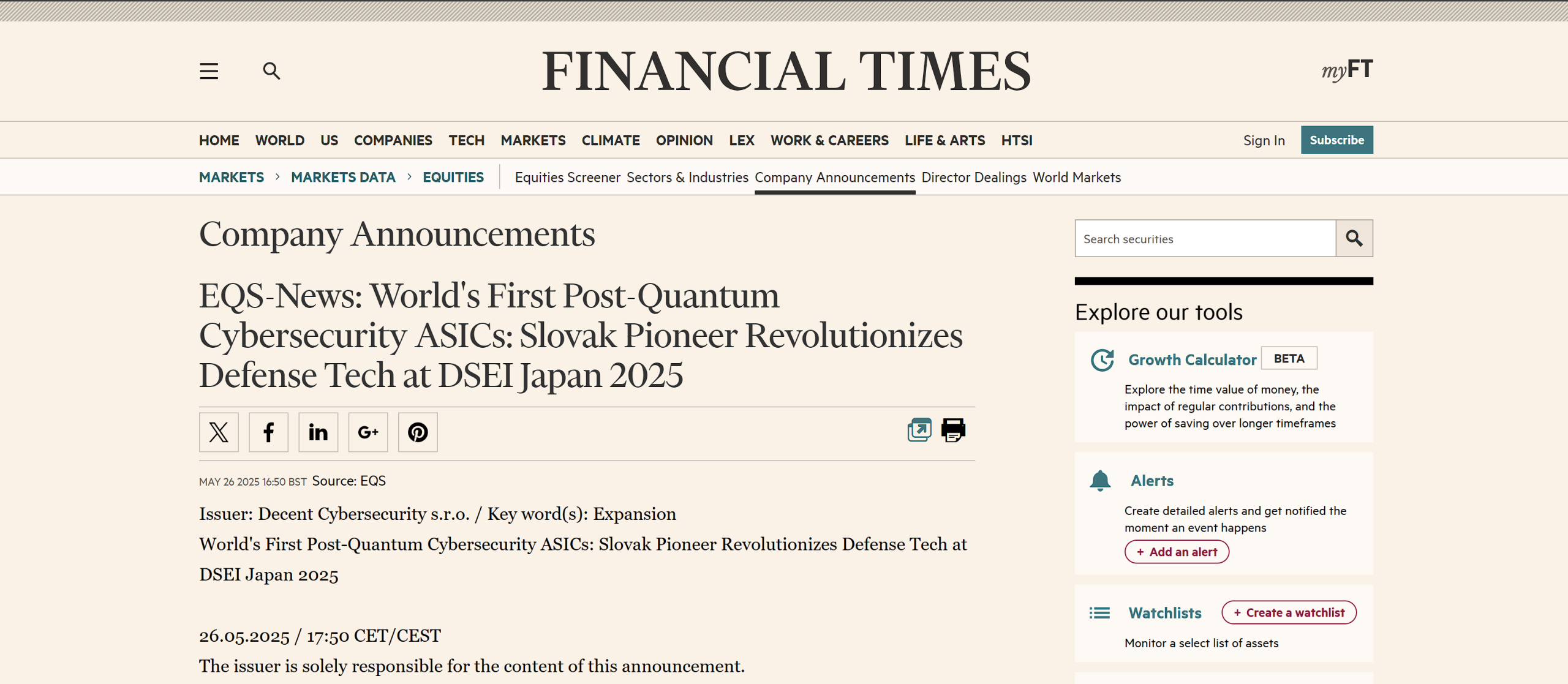As we step into 2024, the integration of quantum cryptography in autonomous vehicle communication systems is emerging as a pivotal development. This integration is crucial in addressing the increasing cybersecurity challenges faced by autonomous vehicles (AVs), which rely heavily on secure communication for safe operation. This article delves into the advancements, implications, and challenges of incorporating quantum cryptography in the communication systems of autonomous vehicles.
Quantum Cryptography: Elevating AV Communication Security
The integration of quantum cryptography in autonomous vehicles represents a significant leap in securing vehicular communication networks. Quantum cryptography, particularly Quantum Key Distribution (QKD), offers a theoretically unbreakable encryption method based on the principles of quantum mechanics, ensuring secure communication channels resistant to conventional and quantum computing threats.
Advancements in AV Communication with Quantum Cryptography
Enhanced Data Security: Quantum cryptography provides AVs with a level of data security that is virtually impervious to eavesdropping or hacking, crucial for the transmission of sensitive data like location, speed, and environmental conditions.
Secure Vehicle-to-Everything (V2X) Communication: As AVs communicate with other vehicles, infrastructure, and networks (V2X), quantum cryptography ensures that these interactions are secure, preventing malicious activities such as data interception and unauthorized control.
Robustness Against Quantum Threats: Traditional cryptographic methods may become vulnerable with the advent of quantum computing. Quantum cryptography in AV communication systems ensures long-term security resilience against such advanced threats.
Challenges in Quantum Cryptography Integration
Technical Complexity and Cost: Implementing quantum cryptography in AVs involves complex technical challenges and significant costs, especially in terms of hardware requirements and network infrastructure.
Scalability Issues: Ensuring that quantum cryptographic systems are scalable to accommodate the vast number of AVs and the extensive V2X communication network is a daunting task.
Standardization and Interoperability: Developing standardized protocols for quantum-secured communication in AVs is critical for ensuring interoperability among different manufacturers and infrastructure systems.
Public Acceptance and Trust: Building public trust in the reliability and security of quantum cryptography in AVs is essential for widespread adoption.
Conclusion
The integration of quantum cryptography in autonomous vehicle communication systems in 2024 marks a significant step forward in automotive technology. It addresses key security concerns in an era increasingly focused on connectivity and autonomous operations. While the challenges in implementation and scalability are significant, the potential benefits in terms of security and safety are immense. As the technology matures and becomes more accessible, quantum cryptography is set to play a crucial role in shaping the future of autonomous vehicle communications, ensuring that these vehicles not only operate independently but also securely in an interconnected world.







